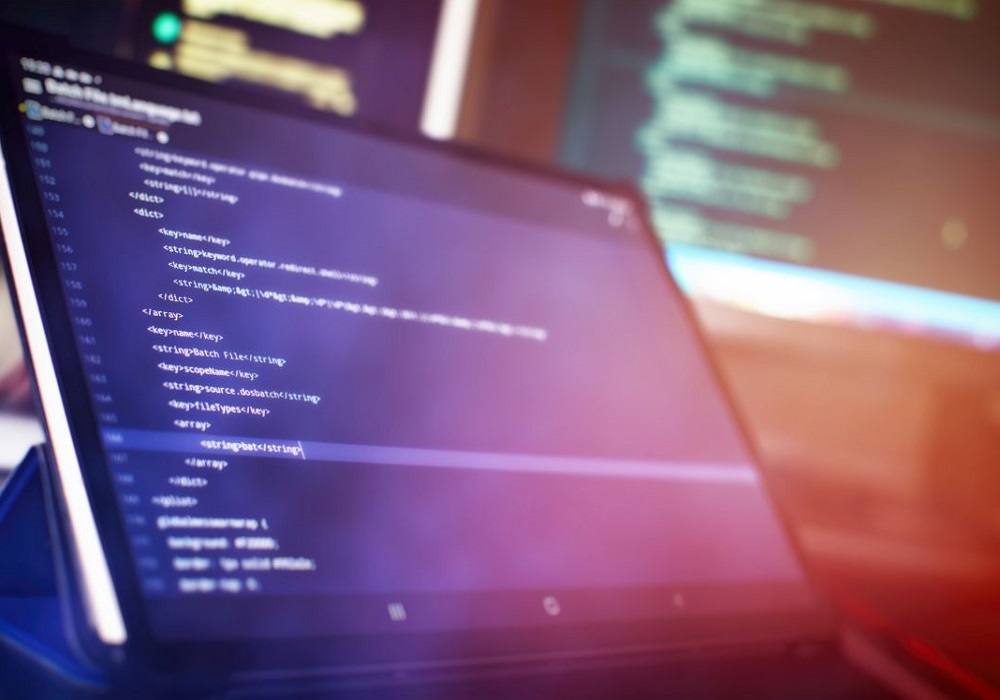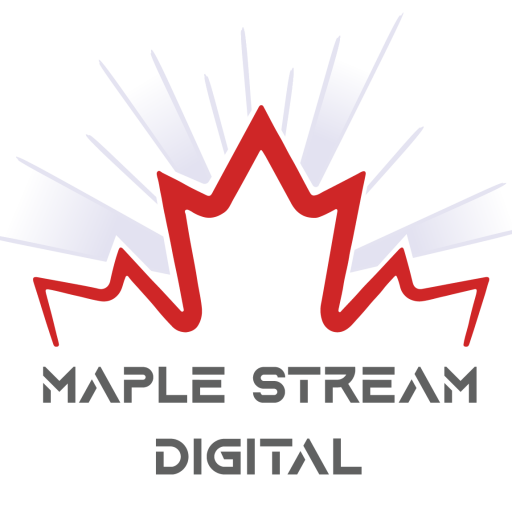
The Maple Stream Perspective on Open Source vs. Closed Source AI Models
Introduction
In the realm of technology, a fundamental divide exists between two distinct categories of software: open source and closed source, also known as proprietary software. The dichotomy between these two approaches raises profound questions about the future of artificial intelligence (AI) and its role in shaping the world we live in.
Open Source Software: The Collaborative Force
Open-source software is a beacon of collaboration, where the code is made freely available to everyone for inspection, modification, and enhancement. It thrives on the contributions of developers worldwide, fostering a community-driven ethos. Remarkable examples include the Linux operating system, a foundation of modern computing, and the Apache HTTP Server, powering a staggering 25% of the world’s websites.
Closed Source Software: The Proprietary Realm
In contrast, closed or proprietary software is the territory of exclusivity, owned by individuals, companies, or entities wielding exclusive legal rights. Here, the source code remains shrouded in secrecy, hidden from public view or modification. Familiar examples include Adobe Photoshop, the creative powerhouse, and Microsoft Windows, the ubiquitous operating system.
The AI Controversy: OpenAI’s Evolution
In the evolving landscape of AI, a prominent debate centers around the merits of open versus closed systems, with OpenAI at the epicenter. Founded in 2015 by visionaries like Elon Musk and Sam Altman, OpenAI began as a nonprofit entity with a mission to guide AI development for the betterment of humanity.
Elon Musk himself pledged a generous $100 million to the organization, and OpenAI committed to sharing its underlying code with the global community. However, an unexpected turn of events saw OpenAI transition from a nonprofit to a for-profit corporation, a transformation that raised concerns about transparency.
As Elon Musk articulated in a February tweet, “OpenAI was created as an open source… company to serve as a counterweight to Google, but now it has become a closed source, maximum-profit company effectively controlled by Microsoft… Not what I intended at all.”
The Rise of Open Source AI
Amid this contentious backdrop, the influence of open-source AI continues to soar, championed by pioneers like Emad, the driving force behind Stability AI. Emad leads a vast community of over 140,000 members globally, all united in their commitment to shape the AI future collaboratively.
Stability AI’s open-source text-to-image generator, which gained immense popularity when launched, initiated a wave of open-source development. Remarkably, it surpassed both Bitcoin and Ethereum in developer popularity within just three months and amassed a staggering 50,000 GitHub stars in a mere 150 days.
In a groundbreaking feat, the entire ecosystem around Stable Diffusion even outperformed Linux, a milestone that took two decades for Linux to achieve. The secret to this rapid success, according to Emad, lay in its accessibility. “Because we gave it to everyone, and it runs on your MacBook or your iPhone without internet,” he explains.
Embracing a different trajectory from closed AI systems, Stable Diffusion’s open model encouraged integrations, marketplaces, and user interfaces that fostered innovation and collaboration.Stability AI is not alone in its pursuit of open-source AI excellence. The community has launched several other transformative projects, including EleutherAI, which provides an open-source version of GPT-3, and Harmonai’s Dance Diffusion, the world’s most advanced audio model.
A “Stable Diffusion moment” is now underway, with a flurry of open-source large language models (LLMs) released in recent months. These developments beg the question of whether closed LLMs can maintain their dominance.
A recent leak from an anonymous Google researcher underscores the changing dynamics. The internal document states, “We have no moat, and neither does OpenAI.” It highlights that open-source models are faster, more customizable, more private, and pound-for-pound more capable, accomplishing tasks with fewer resources and in significantly less time.
The Real-World Implications
The surge of open-source AI systems is ushering in a new era with profound real-world implications. Open-source AI models empower developers to innovate rapidly and tailor AI to diverse needs, all while retaining privacy and control. As they continue to surpass closed counterparts, they challenge the status quo, disrupting established norms and driving progress.
In this evolving landscape, the battle between open source and closed source AI rages on. It’s a battle that transcends software, echoing a broader conversation about transparency, collaboration, and ethics in AI development. As the curtain rises on this AI epic, the world watches, eager to witness the transformational impact of open source AI on our future.
